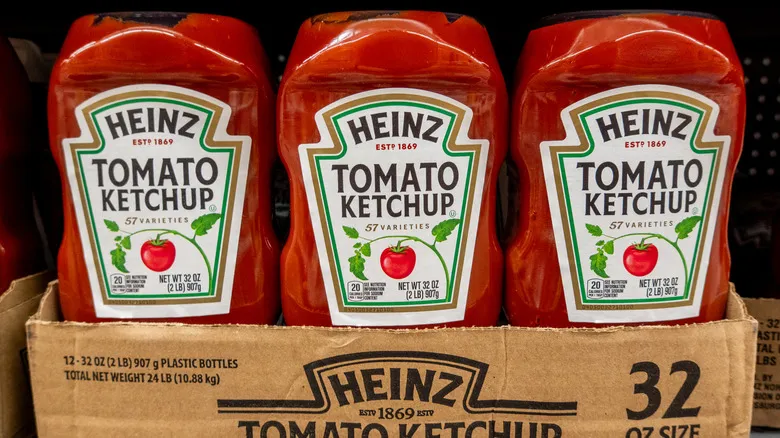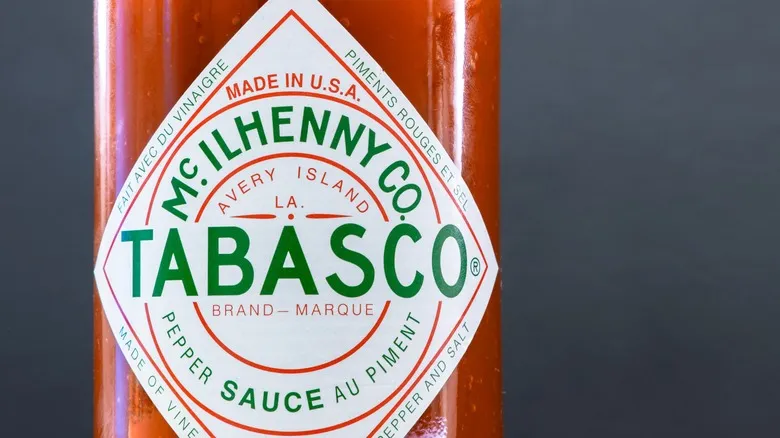Ketchup's spread around the world

By 1699, the term "catchup" had made its way into a European dictionary, described as a sauce originating from southern or southeastern Asia. However, despite the similarity to "ketchup," the recipes from that time would be unrecognizable to anyone in the 21st century. The 18th century saw a surge of ketchup recipes as British cooks attempted to replicate the southeast Asian sauce brought back by sailors.
The aim appeared to be creating a sauce that captured the umami flavor of fermented southeast Asian condiments. Notably, one of the earliest English ketchup recipes included anchovies, vinegar, white wine, shallots, horseradish, and various spices. Numerous other recipes also surfaced, featuring ingredients such as oysters, mushrooms, walnuts, and plums. These early ketchups were likely quite salty rather than sweet, much more liquid in consistency than modern ketchup, and were used to enhance the flavor of fish, meat, and dishes like soup. Throughout the 1700s, three main types of ketchup emerged: fish, walnut, and mushroom. By the 1800s, the terms "ketchup" and "catsup" began to be commonly used.
America adds the tomatoes

Around the same period, trade during the colonial era across the Atlantic introduced early British versions of ketchup to North America. In the early 1800s, ketchup underwent another transformation when a Philadelphia scientist named James Mease published a recipe for a tomato-based ketchup, combining brandy and spices. However, it didn't immediately replace the existing varieties of ketchup, as tomatoes were not widely embraced in American cuisine at the time, with some people even considering them toxic. Throughout the century, more tomato ketchup recipes emerged, incorporating vinegar and sugar.
In 1876, a young company named Heinz, founded by Henry J. Heinz, launched what would become the quintessential American ketchup, crafted from vinegar, brown sugar, tomatoes, salt, and spices. It quickly gained popularity, and by the late 1800s, publications like the New York Tribune referred to it as the nation's national condiment. Heinz also helped popularize the term "ketchup," as most other manufacturers of similar sauces used the alternative name "catsup."
Heinz ketchup achieved significant market dominance, although many other brands eventually emerged. The narrative of ketchup's evolution from Chinese fish sauce to a vibrant red sweet-and-sour condiment largely concludes here. While adjustments were made over time to increase the sugar and vinegar content, the product has remained relatively consistent (and remarkably popular) ever since.
Recommended

The Little Known History Behind Coca-Cola Bottles

The History Of Betting On Gatorade Colors At The Super Bowl

The Historic Restaurant Where The First-Ever 4th Of July Was Celebrated

The Critical Process Behind Tabasco Sauce's Iconic Red Color
Next up

